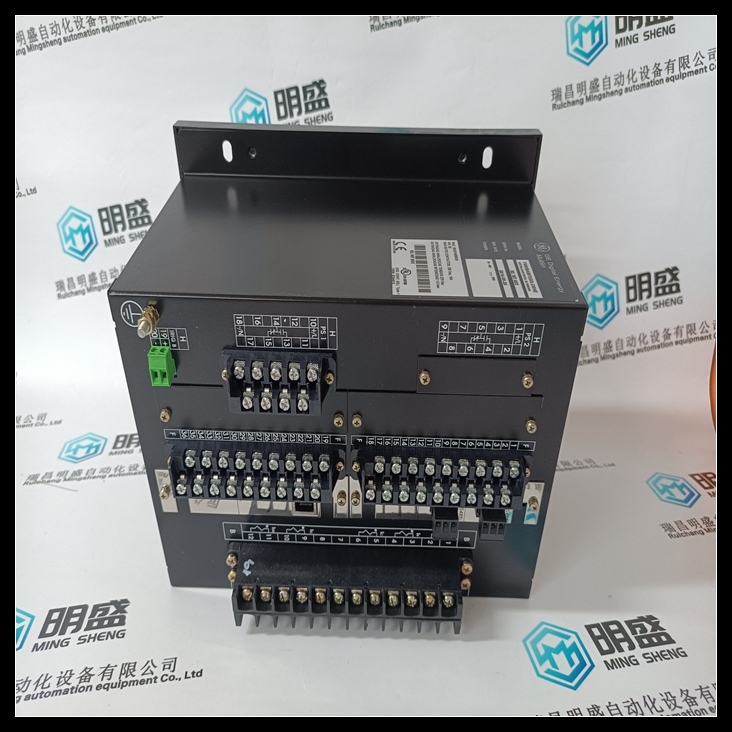F650BABF2G0LOSHE逻辑顺序模块
类目:GE
型号:F650BABF2G0LOSHE
全国服务热线:+86 15270269218
手机:+86 15270269218
微信:+86 15270269218
QQ:3136378118
Email:stodcdcs@gmail.com


















